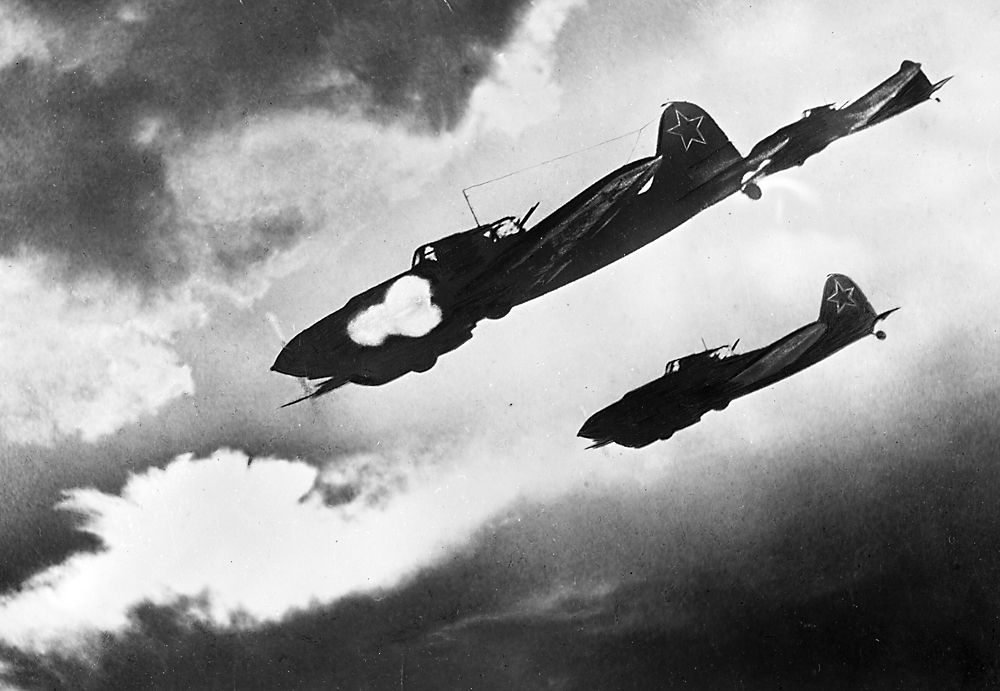Post 1941, Soviet aviation caught up with, surpassed the Luftwaffe
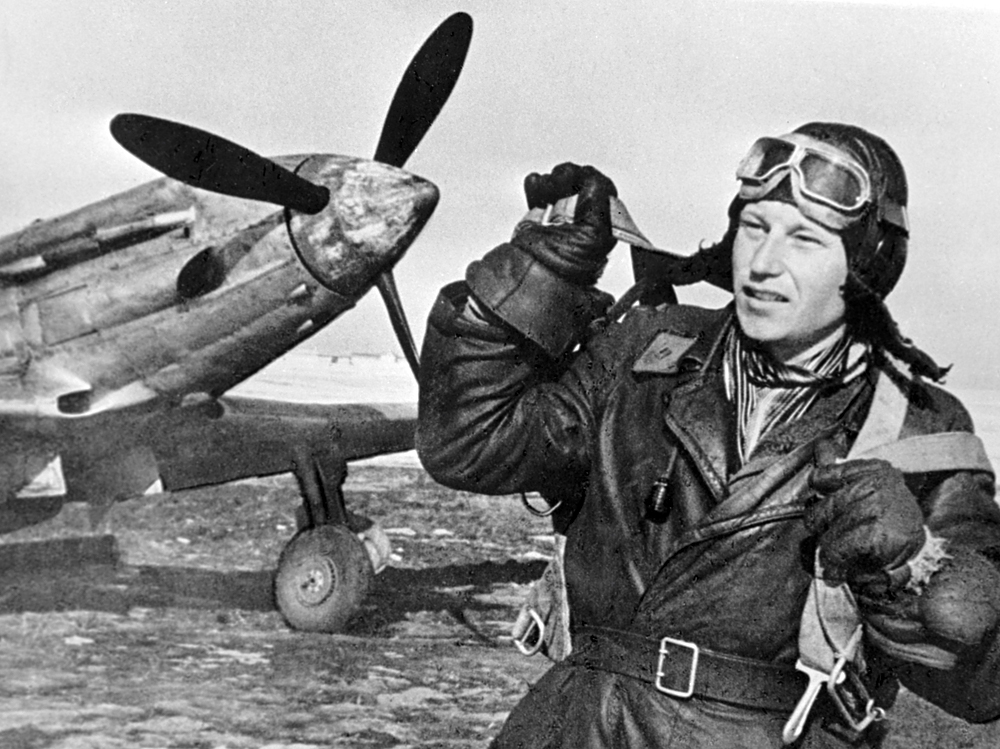
Thrice Hero of Soviet Union Alexander Pokryshkin near his plane. Source: Mark Redkin/RIA Novosti
When the German Nazi armies advanced into the Soviet Union in 1941, backed with overwhelming air support, it became vital for the USSR to catch up with the Luftwaffe, in terms of aviation technology. This, however, turned out to be far from an easy task.
In 1942, after the defeats inflicted in the first stage of the war, Soviet engineers modernized planes that had been deployed by the Red Army’s air force. Attempts were made to resolve the fundamental technical problem of Soviet aviation: the underperformance of engines. It appeared at first that this was successful.
The Soviet ‘Yaks’ were comparable to German fighter planes in terms of speed. However, the first battles in the skies over Stalingrad showed that it was too early to celebrate. New German fighter planes again left Soviet pilots lagging behind. The latest ‘Messerschmitt’ models largely forced a repetition of the situation of 1941.
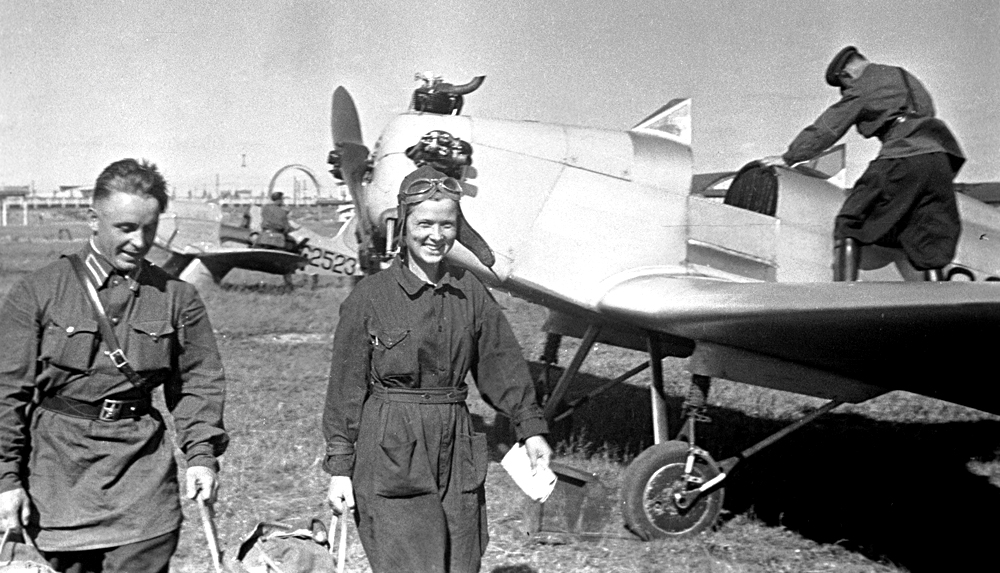 Yekaterina Mednikova, a test pilot of Yak-1 and Yak-3 planes. The Central Aero Club. Source: Olga Lander / RIA Novosti
Yekaterina Mednikova, a test pilot of Yak-1 and Yak-3 planes. The Central Aero Club. Source: Olga Lander / RIA Novosti
This lag in technology could only be compensated for by numerical predominance. According to Soviet specialists’ estimates, two Soviet planes were needed for every German plane. The response was a dramatic increase in the production of fighter planes, including at the expense of other types of military aircraft, such as attack aircraft and bombers.
Meanwhile, work continued to perfect worthy models already in service. However, it was possible to fully resolve the problem only by beginning construction of new planes for the third year of the war. Not only did the Yak-3 and La-7 fighter planes not yield to, they actually surpassed German aircraft.
The process of renovation was not easy: Structural flaws remained and led to a high accident rate. Towards the end of the war, more than 15 percent of the Soviet air fleet was registered as defective. Nevertheless, through trial and error, problems plaguing the Red Army’s air force, causing them to lag behind the Luftwaffe, were resolved.
From quantity to quality
As a rule, simple numerical superiority in air battles does not lead to victory. It is difficult in the sky to crush opponents by numbers. In the event of a quality gap between enemy air forces, a more modern fighter plane manoeuvering and escaping pursuit can easily destroy several planes in the course of a single battle.
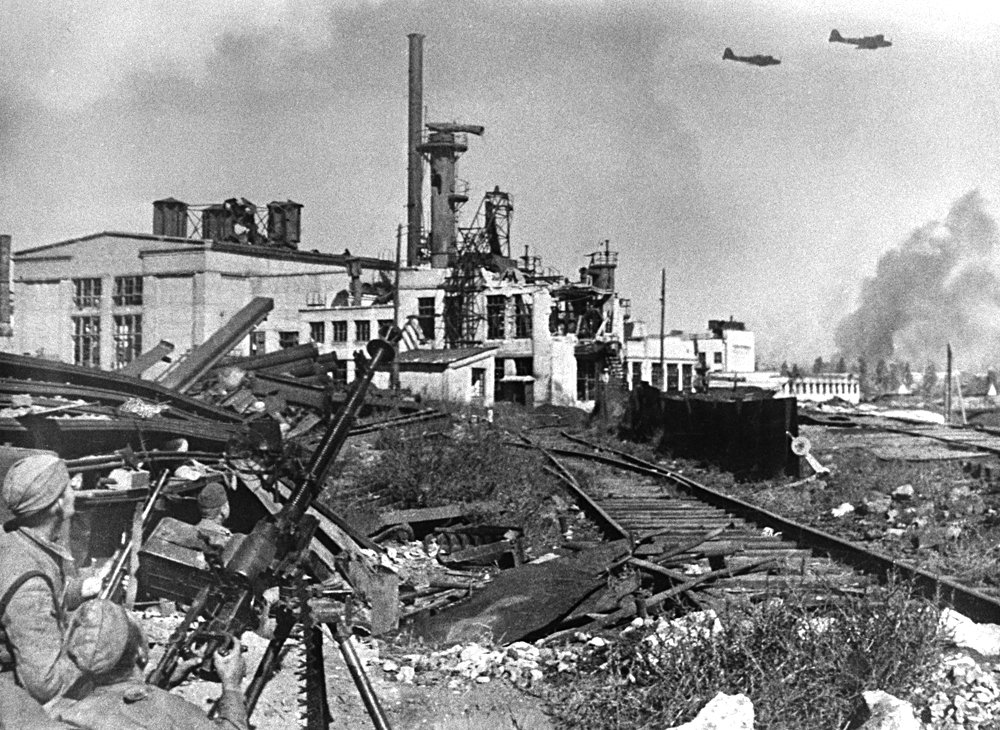 The Great Patriotic War. The fighters of the working battalion of the Stalingrad metallurgical plant "Red October" are defending the enterprise. June 1, 1942. Source: Emmanuel Evzerikhin/TASS
The Great Patriotic War. The fighters of the working battalion of the Stalingrad metallurgical plant "Red October" are defending the enterprise. June 1, 1942. Source: Emmanuel Evzerikhin/TASS
This explains the fact that the Soviet air force, despite numerical superiority in most major battles of the Second World War, often suffered defeats. The Soviet command quickly recognized this reality and devised a way out of this dead end. The air force administration was reorganized. Planes were assigned to separate air squadrons, which were attached to land armies and fronts accordingly.
The air force improved cooperation more harmoniously with ground units and accomplished joint tasks. At the same time, radio contact between squadrons and individual planes developed. Earlier, pilots needed to agree on combat coordination on the ground. In the air it was almost always necessary to improvise and break down all tactical formations. The German pilots would quickly orientate themselves through radio contact with each other.
From 1942-1943 onwards, Soviet pilots began to do the same, and it did not take long for the results to show. The Luftwaffe’s losses in the summer and autumn of 1942 exceeded 7,000 machines—more than 70 percent of all total losses for this period.
Conquest of the skies
The battles during 1942-1943 in the skies over the Volga region and Kursk took place with variable success for the Soviet air force. A difficult process of developing air fighting techniques was underway, of adjusting communication and cooperation within squadrons. Engineers offered assistance so that by 1943, planes began to be equipped with new radios, which functioned as radars as well.
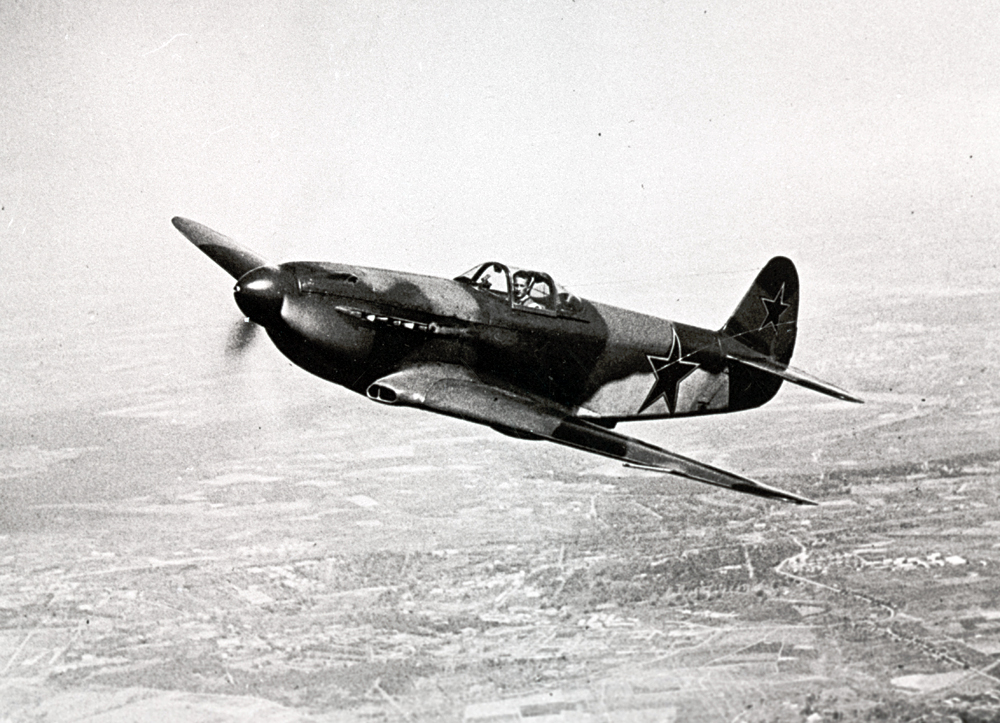 The Yakovlev Yak-3 was the most lightweight and maneuverable World War II fighter. The aircraft was also flown by the French pilots of the Normandie-Niemen squadron. Source: Yuriy Korolev / RIA Novosti
The Yakovlev Yak-3 was the most lightweight and maneuverable World War II fighter. The aircraft was also flown by the French pilots of the Normandie-Niemen squadron. Source: Yuriy Korolev / RIA Novosti
The aircraft manufacturing industry reached maximum levels of productivity. The number of engines produced exceeded combat losses threefold. By 1944, the superiority of the Soviet fighter air fleet became overwhelming, forcing the Germans to take desperate measures, to reduce the size of their bomber fleet and strengthen fighter squadrons instead.
The Allies offered considerable support to the Soviet air fleet. Deliveries of American and English fighter planes through the Lend-Lease programme amounted to 13 percent of the total number of corresponding engines manufactured in the Soviet Union. Among them were the well-known Air Cobra and King Cobra.
It was on just such an Air Cobra that the renowned Soviet pilot Alexander Pokryshkin flew and shot down 65 German planes.
The intensive labour and support of allies paid off in full: Towards the end of 1944, the Red Army air force’s supremacy in the sky was complete.
The foundation had been laid for the formation of some of the most advanced military air powers in the world.
All rights reserved by Rossiyskaya Gazeta.
Subscribe
to our newsletter!
Get the week's best stories straight to your inbox
